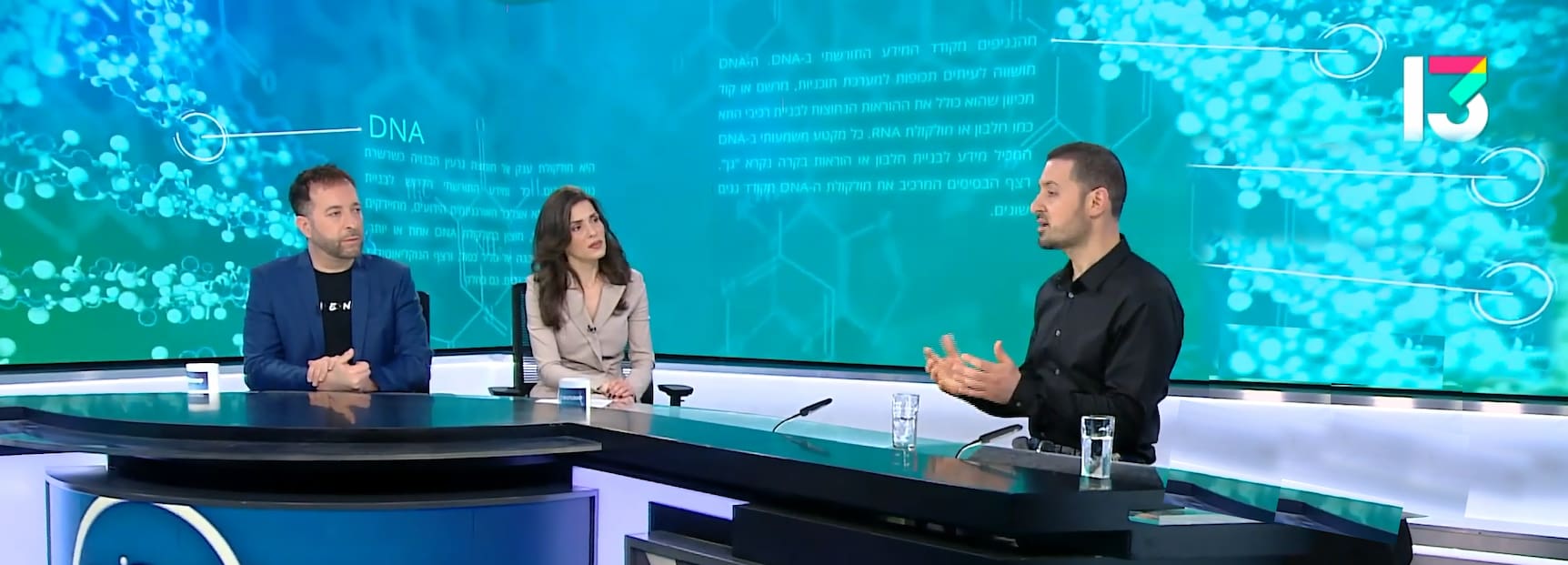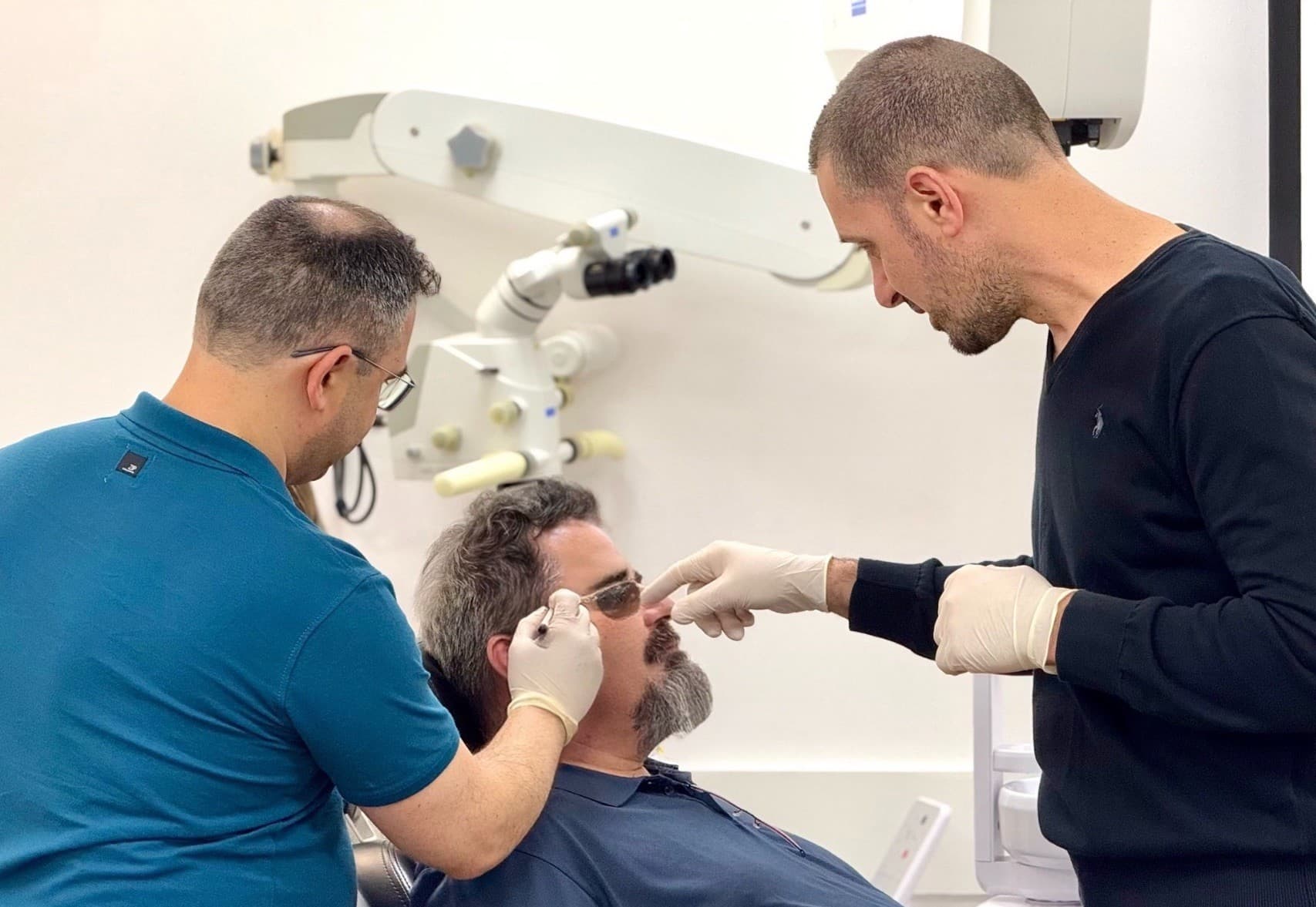
# Chronic pain
Chronic pain is defined as pain that persists for more than 3-6 months and does not resolve despite the time that has passed since the initial injury or its treatment. This is a condition where pain has lost its protective biological function, and often no longer reflects active or ongoing damage, but rather is a product of changes in nervous system function. Chronic pain in the face and jaws may be a continuation of acute pain (for example, after trauma or treatment), or may appear independently, without a clear trigger.
The transition from acute to chronic pain involves a process of change in the pain mechanism – that is, not only does the pain persist, but it becomes less driven by the original damage and more driven by local or central nervous hypersensitivity. There are three main mechanisms for chronic pain:
# 1. Chronic nociceptive pain with peripheral sensitization
Nociceptive pain is "normal" pain caused as a result of damage or stimulation to body tissues (such as muscle, bones, etc.) and functions as a natural defense mechanism that warns the body of injury or potential threat. When tissue damage persists over time – for example, in conditions of temporomandibular joint inflammation or recurring muscle-origin pain that continue for long periods, pain receptors may develop a low stimulation threshold and increased response to normal stimuli. This phenomenon is called peripheral sensitization and causes hypersensitivity and increased pain even without significant harmful stimulation. This condition complicates diagnosis and treatment.
# 2. Chronic neuropathic pain
Neuropathic pain stems from a disorder in the function or structure of the nervous system, or is caused by direct damage to sensory nerves – such as after extraction, implant, trauma, inflammation, or infection. The patient will complain of sharp, burning, radiating pain or pain accompanied by an electric current sensation. This pain carries an increased risk of becoming chronic. In chronic cases, central sensitization appears, a condition where the central nervous system (brain and spinal cord) processes pain excessively even when the stimulus has diminished or disappeared. Examples include trigeminal neuralgia, post-traumatic neuropathy, and post-herpetic neuralgia.
# 3. Nociplastic pain
This is chronic pain that develops even in the absence of clear tissue or nerve damage, and is considered a result of disruption in the central nervous system (brain and spinal cord) in how pain is processed. The pain persists, worsens, and even spreads, despite the inability to find a pathological cause through examination or imaging. Examples include burning mouth syndrome (BMS), fibromyalgia, atypical odontalgia, and PIFP (Persistent idiopathic facial pain). Usually, nociplastic pain responds less to regular treatment and requires a multidisciplinary approach that includes both pharmacological components and psychological-behavioral intervention to help the patient cope with the pain and change the response to it.
In chronic stages of pain, it's important to remember that the mechanism may be mixed – that is, combining nociceptive, neuropathic, and nociplastic components, and therefore multiple therapeutic modalities will be required simultaneously to achieve good results for the patient. Treatments include: physiotherapy, neurogenic medications, behavioral changes, physical activity, sleep quality improvement, and peripheral nerve blocks.






